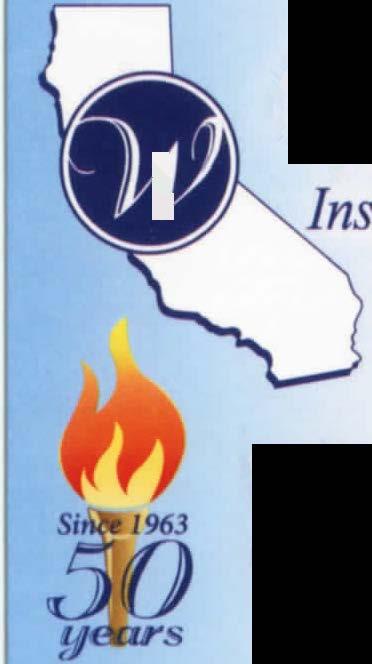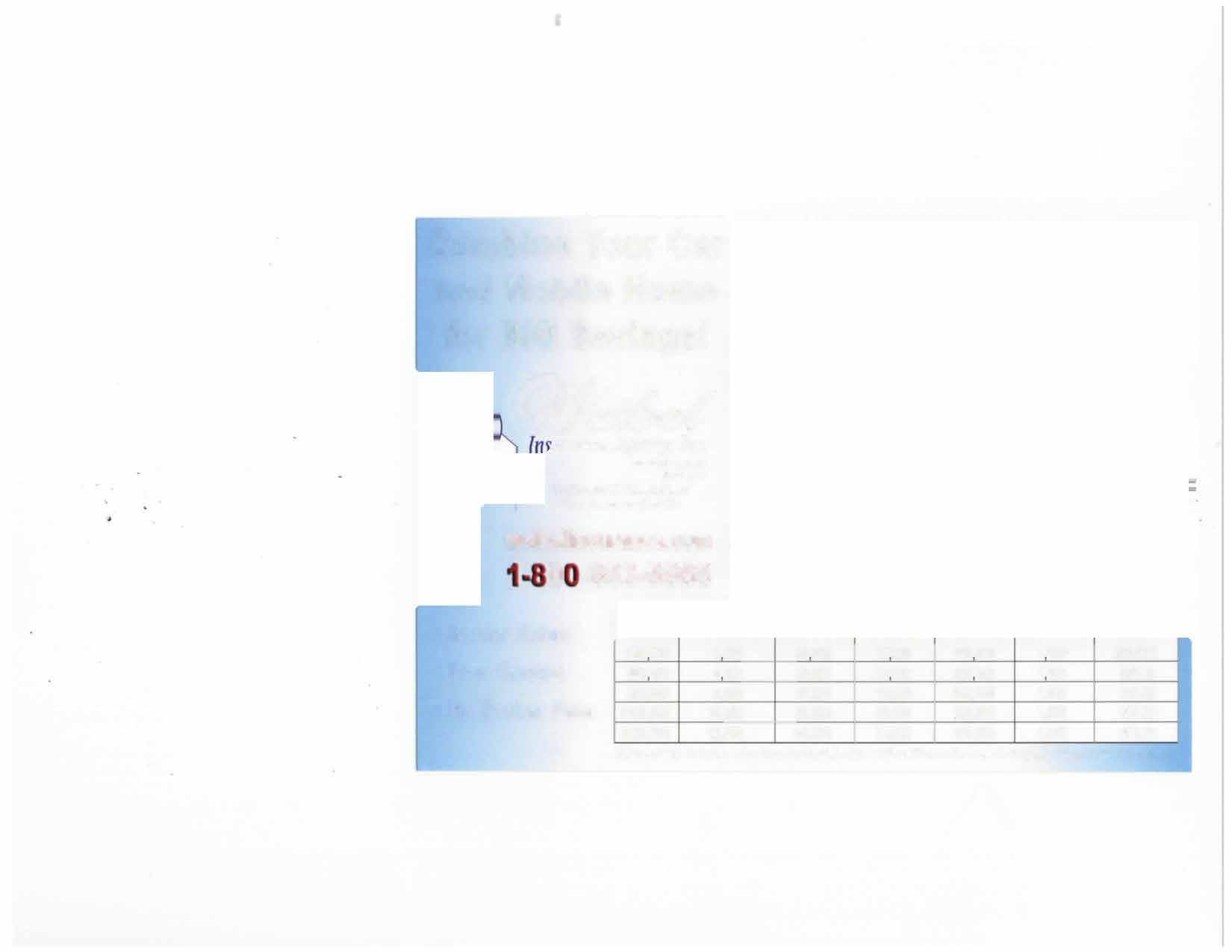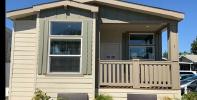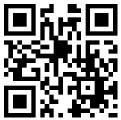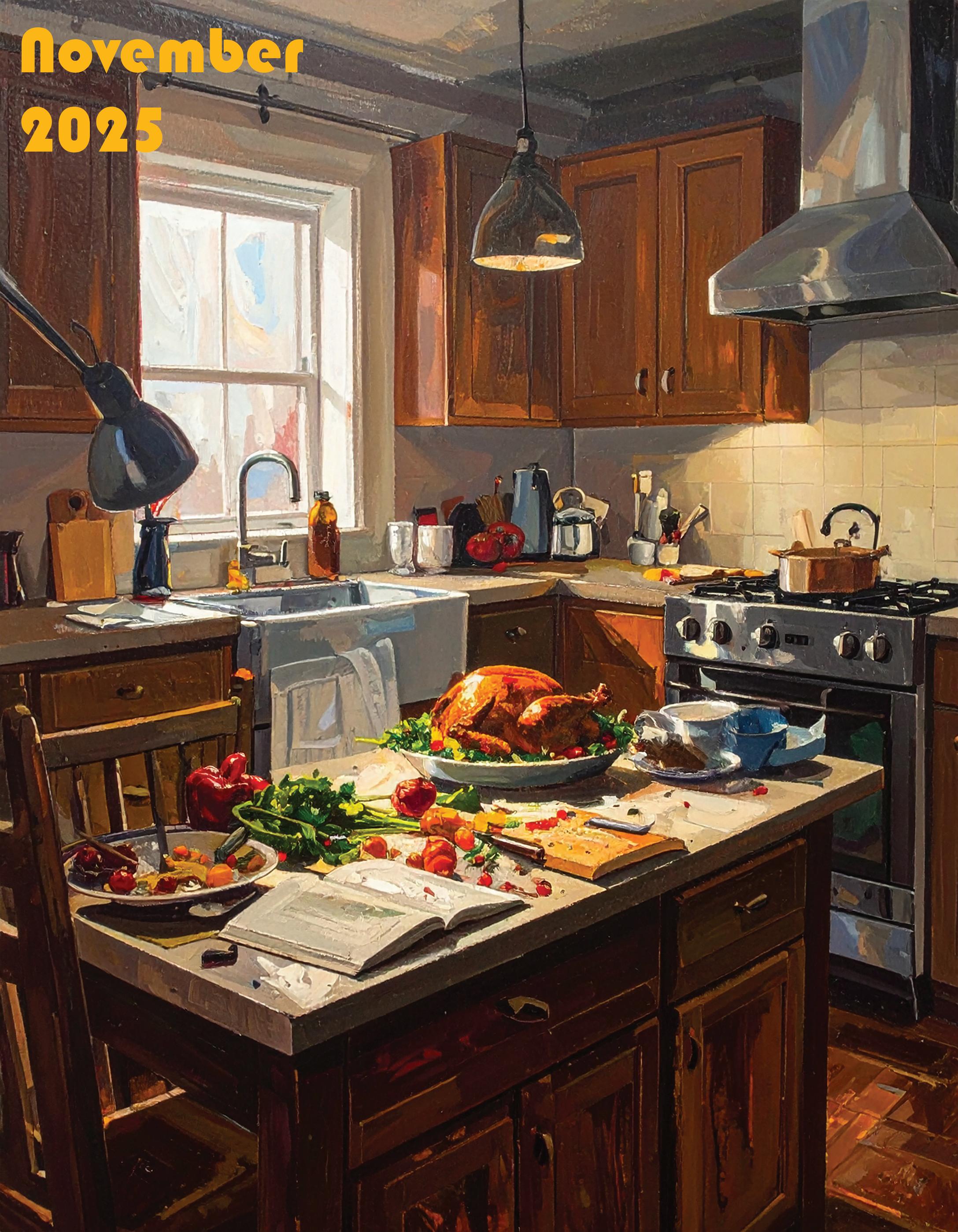

SLBME smoke signals

Editors
Marina Searcy
Sue Snowdy
This Month’s Contributors
Bern Judson
BR-Body Recall is Monday, Wednesday and Friday mornings at 8:30 a.m. in the Clubhouse.
WE-Water Exercise is every Tuesday, Thursday and Saturday at 9 a.m. in the pool.
HB-Hand & Boot Canasta is every Monday at 1 p.m. in the Clubhouse.
SST-Strength Training with Shannon is every Tuesday at 10:30 a.m. in the Clubhouse. Not held on the 4th Tuesday. Bring $5.
PO-Poker is every Tuesday at 2:00 p.m. in the Conference Room.
MJ-Mahjong is every Wednesday at 1 p.m. in the Clubhouse.
ST-Strength Training with Buddy is every Monday and Thursday at 10:30 a.m. in the Clubhouse. Bring $5.

PP-Pick up Ping Pong is every Thursday at 3:00 p.m. in the Clubhouse.
MC-Men’s Coffee is every Friday at 9:30 a.m. at the Clubhouse.
AL-A and L Committee is the 1st Tuesday at 9:00 a.m. in the Conference Room.
WC-Women’s Coffee is the 1st Wednesday at 9:30 a.m. in the Clubhouse.
MD-Men’s Dominos is the 2nd Tuesday at 4:00 p.m. in the Clubhouse.
SC-Social Committee is the 2nd Wednesday at 10:30 a.m. in the Clubhouse.
HH-Happy Hour is the 2nd Thursday at 4:30 p.m. in the Clubhouse.
BM-SLBME Board of Directors Meeting is the 4th Tuesday at 9:00 a.m. in the Clubhouse.

























































Sheila Holm
Ollerich
Don Hennelly Barbara Nicholson
Jim Nelson Susan Moore
Jimmy Foppiano










Gary Gery Vivian Franklin
Rita Diebel Claire Holbrook
Craig Maxwell
If you have a birthday this month and it doesn’t appear here or if there was an error, please let us know.





































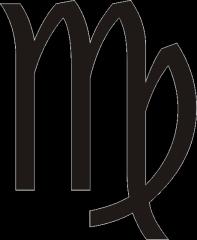
Sept. 23 to Oct. 22
Intelligent, kind, and always willing to put others before themselves, Libras value harmony in all forms. Ruled by Venus, the planet of beauty, Libra adores a life that looks good. As the master of compromise and diplomacy, Libra is adept at seeing all points of view, and excels at crafting compromises and effecting mediation between others. This sign has a rich inner life yet loves other people, and they're always happiest with a large group of friends, family, and coworkers on whom they can count.



Oct 23 to Nov 22
Passionate, independent, and unafraid to blaze their own trail no matter what others think, Scorpio signs make a statement wherever they go. They love debates, aren't afraid of controversy, and won't back down from a debate. They also hate people who aren't genuine, and are all about being authentic even if authentic isn't pretty.
Libra

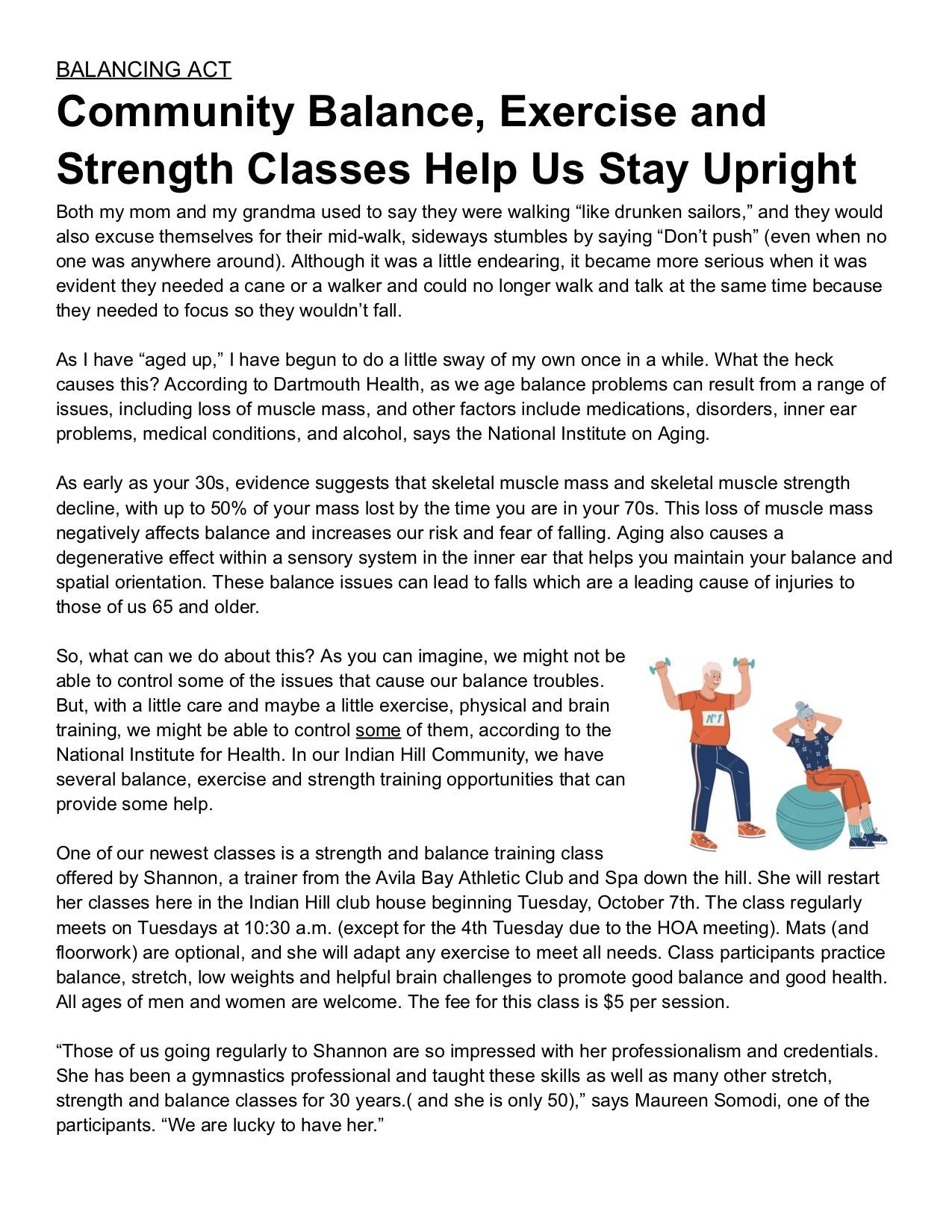
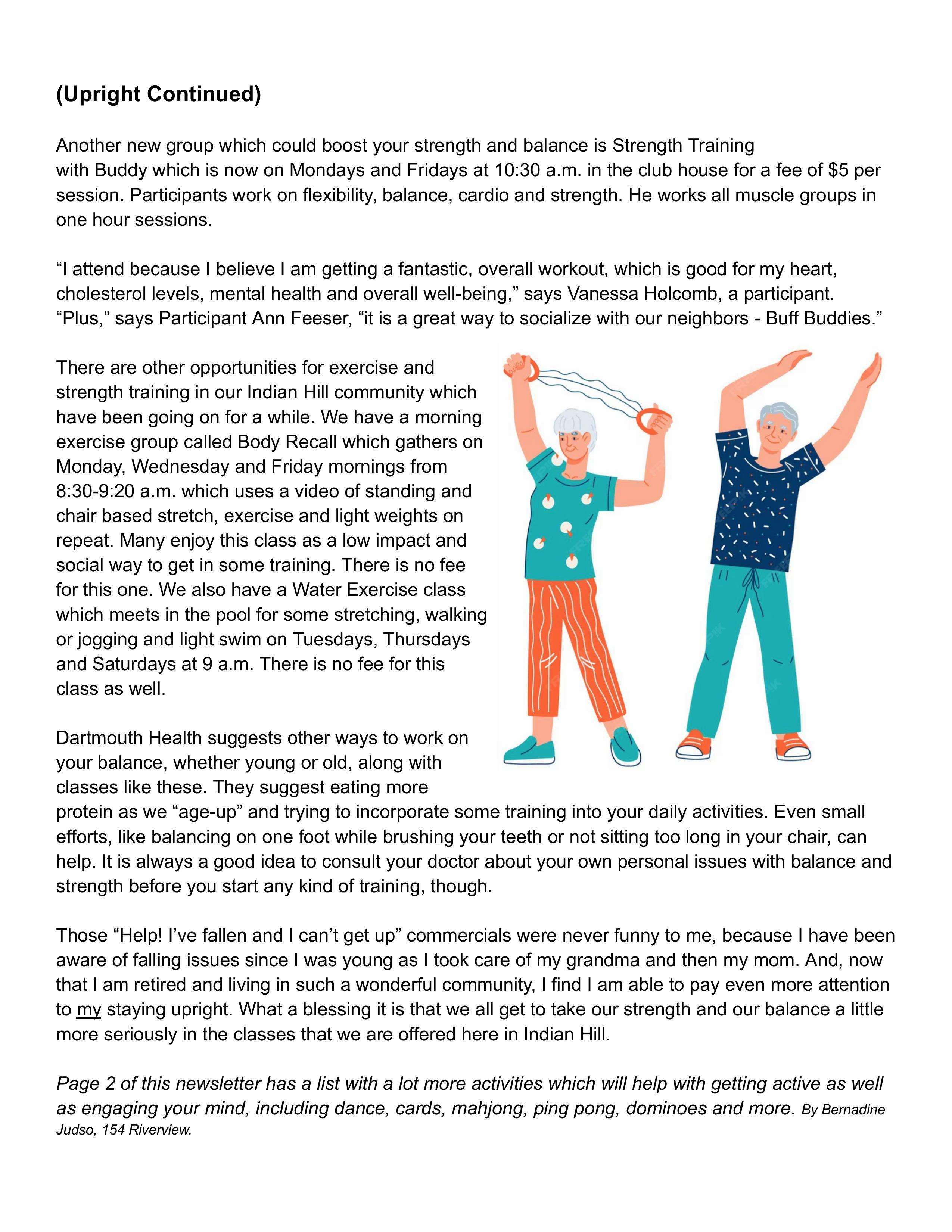


Custom Community Magazines Since 1974
Serving Arroyo Grande, Atascadero, Avila Beach, Lompoc, Los Osos, Paso Robles, San Luis Obispo, Santa Maria info@mobilehomeboard.com www.mobilehomeparkmagazines.com 1240-C Mtn. View/Alviso Rd. • Sunnyvale, CA 94089 (408) 744-1011 or (800) 828-8242




Vents Seams
Ridge Cap and Outside Edge
Awning Edges Room Enclosures


